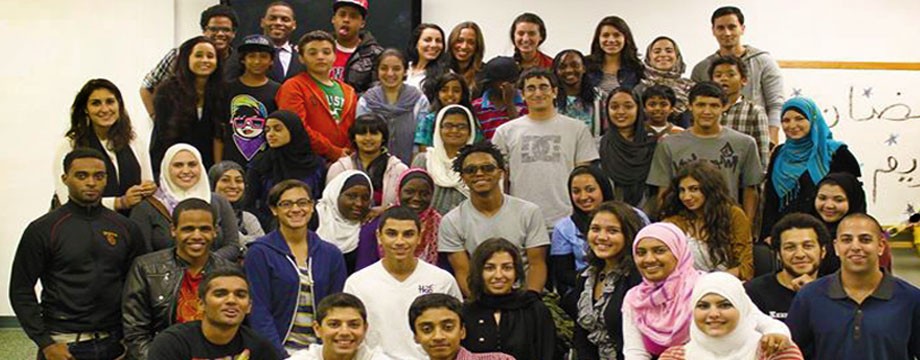 The Muslim world refers to countries and regions where Islam is a dominant religion or has significant cultural influence. It spans across continents, including parts of the Middle East, North Africa, South Asia, Southeast Asia, and Sub-Saharan Africa. The population of Muslims globally is estimated at around 2 billion people as of 2024, making up nearly 25% of the world’s population.
The Muslim world refers to countries and regions where Islam is a dominant religion or has significant cultural influence. It spans across continents, including parts of the Middle East, North Africa, South Asia, Southeast Asia, and Sub-Saharan Africa. The population of Muslims globally is estimated at around 2 billion people as of 2024, making up nearly 25% of the world’s population.
Population by Age:
The Muslim world has a relatively young population compared to global averages:
Youth: A significant portion of the population is under 30. In regions like the Middle East and North Africa (MENA), as well as South Asia, around 50-60% of the population is under 30. In countries like Pakistan, Afghanistan, and Egypt, over one-third of the population is under 15 years old.
Working Age (15-64 years): This group forms the majority in most Muslim-majority countries, reflecting growing working-age populations, particularly in countries like Turkey, Iran, and Indonesia.
Elderly (65+): The elderly population is smaller but is gradually increasing, particularly in more developed Muslim-majority countries like Turkey and Malaysia. However, it remains less than 10% of the total population in most regions.
Population by Ethnicity:
The Muslim world is ethnically diverse, spanning numerous ethnic groups across different regions:
Arabs: Primarily in the Middle East and North Africa (MENA), Arabs make up about 20-25% of the global Muslim population. Countries like Saudi Arabia, Egypt, and Iraq are predominantly Arab.
South Asians: South Asia is home to about one-third of the world’s Muslim population, including Indians, Pakistanis, and Bangladeshis. India, despite being a Hindu-majority country, has one of the largest Muslim populations.
Southeast Asians: Indonesians and Malaysians represent a large portion of the Muslim world, with Indonesia being the largest Muslim-majority country globally.
Turks: In Turkey and Central Asia, ethnic Turks and Turkic groups like Uzbeks and Kazakhs are a significant demographic.
Persians: In Iran, Persians make up the majority of the Muslim population.
Africans: In Sub-Saharan Africa, ethnic groups such as the Hausa in Nigeria, Somalis, and Swahili-speaking populations form significant Muslim communities.
Others: Muslims are also found among Kurds, Berbers, Bosniaks, and Tatars, among many other ethnicities.
Population by Gender:
In most Muslim-majority countries, the gender balance is close to equal:
Male to Female Ratio: The overall gender ratio in Muslim-majority countries tends to be nearly equal, with slight male dominance in some countries. In wealthier Gulf countries like Qatar, the United Arab Emirates, and Saudi Arabia, there is a significant imbalance due to large numbers of male foreign workers.
Gender Dynamics: While the male-to-female ratio is relatively even in general, the status, roles, and opportunities for women vary widely across the Muslim world, influenced by cultural, religious, and political factors.
Conclusion:
The Muslim world is young, diverse, and nearly gender-balanced, though significant demographic and social variations exist across regions. Ethnically, Muslims are spread across Arab, South Asian, African, and other ethnicities, reflecting the global spread of Islam. Population trends show rapid growth and a youthful majority, but aging populations are becoming more common in certain regions.